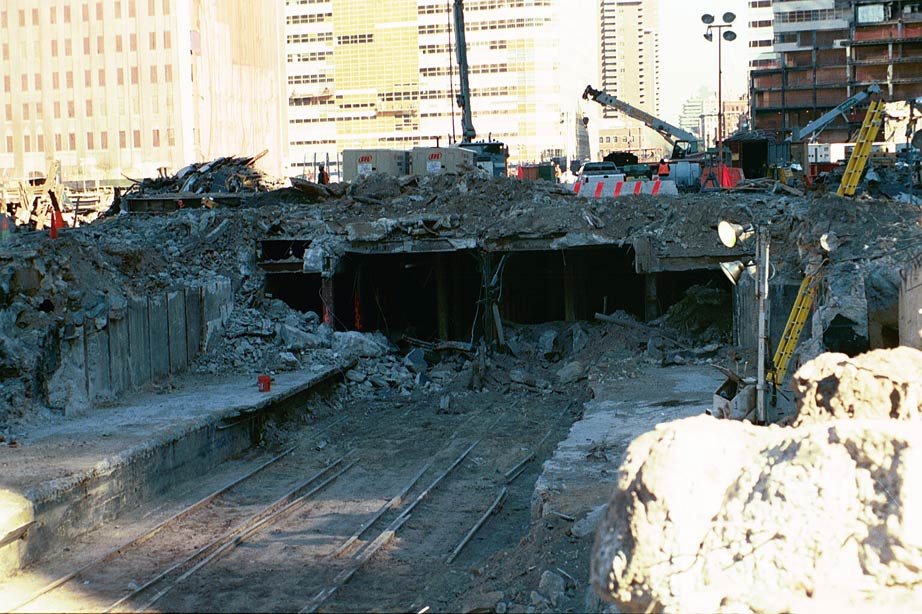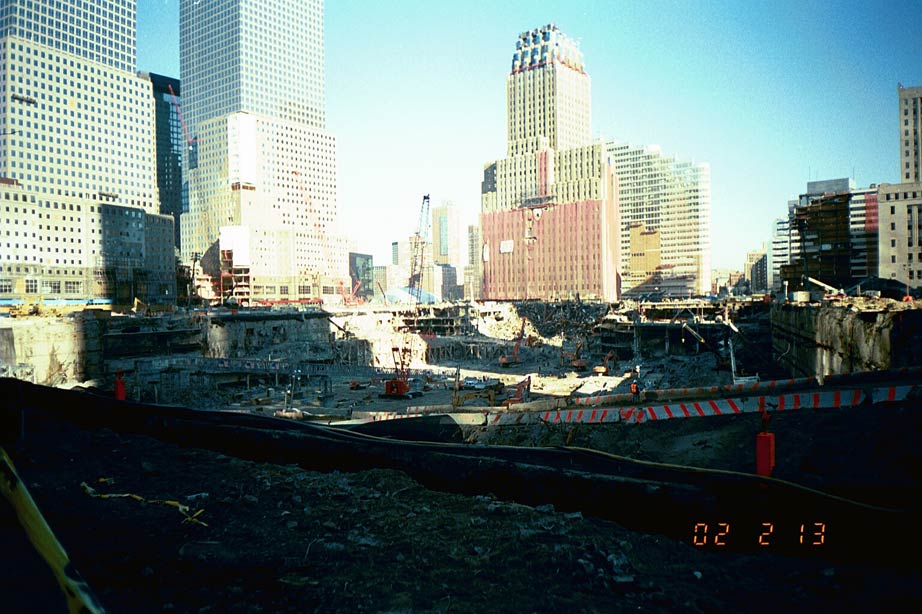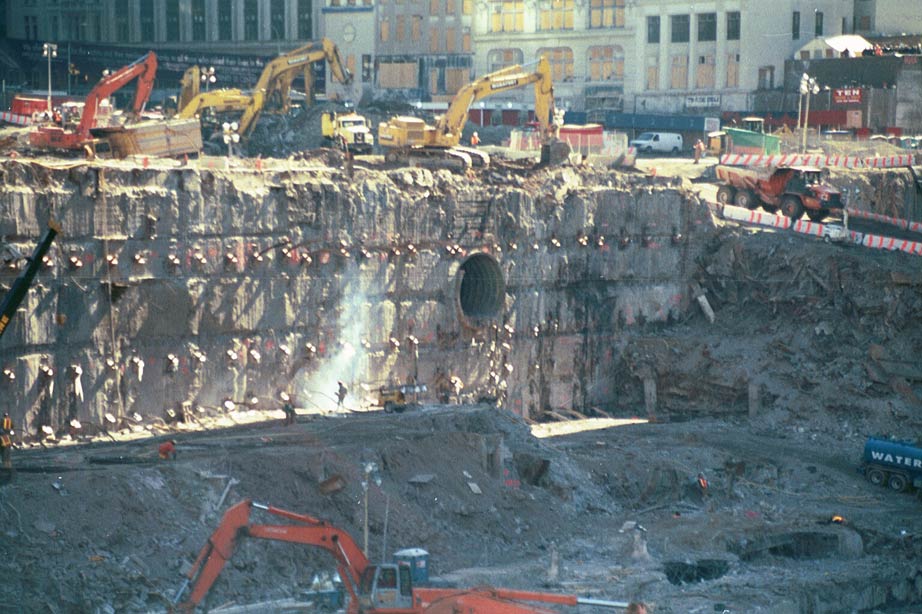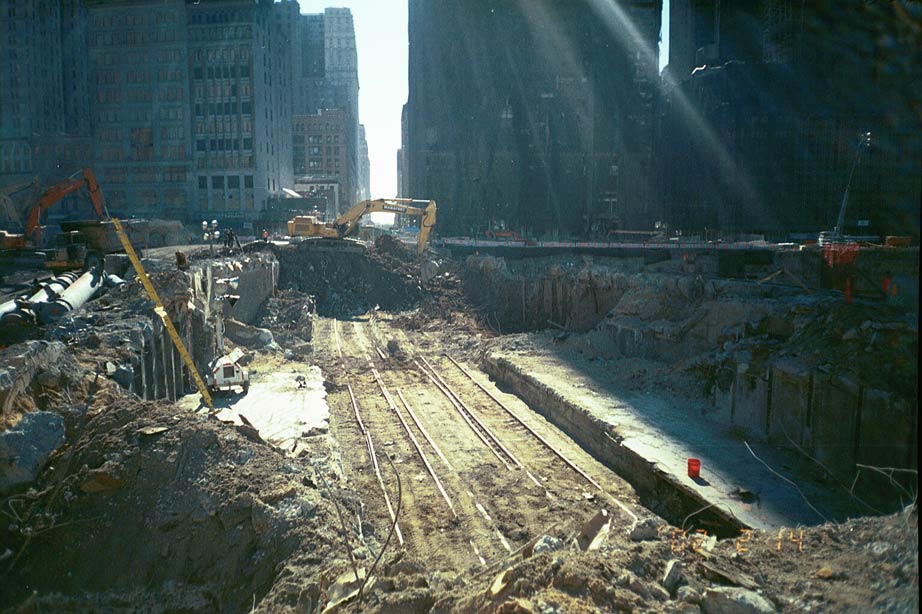Phase 1/Preliminary Assessments/Prop Transactions
E&LP regularly supports lending institutions, law firms, buyers and sellers of real property in assessing potential environmental liabilities during mergers, acquisitions or divestitures. We understand that the objective of Property Due Diligence is to define the potential liabilities, from a costs perspective, associated with the purchase and/or sale of real property. Our scope of services is based upon the specific needs of the transaction, and can range from initial transactional screens of property(ies) to ASTM-conforming Phase I Environmental Assessments, Preliminary Assessments and focused site investigations.
In addition, our Due Diligence practice also includes applicability determinations and report filings associated with transactions that trigger, or appear to trigger, the NJDEP compliance actions of the Industrial Site Recovery Act (ISRA), formerly ECRA.
Case Study: 1/9 Subway Line
Site Location and Description
1/9 Subway Line, Manhattan, New York City, New York
Site Issues
Conduct Phase I Assessment to identify potential hazardous substances in floodwater within Subway Line, for proper treatment and discharge to the Hudson River.
The 1/9 Subway Line was destroyed in the collapse of the World Trade Center on September 11, 2001. The Subway was filled with contaminated water, which contained petroleum and raw sewage. The potential hazards had to be identified in order to de-water the subway line for reconstruction.
E&LP completed a full Phase I Environmental Assessment consistent with the ASTM Standard E1527-00 in four (4) days, which identified the constituents present in the floodwater, to be treated and removed prior to discharge to the Hudson River. Our client is contracted to restore the destroyed Subway Line by September 30, 2002, with liquidated damages of $100,000 per day if not completed on time. When tasked with a request to complete the Phase I within a one (1) week timeframe, we delivered the report in four (4) days. The Subway Line was successfully reconstructed in late summer, 2002.



